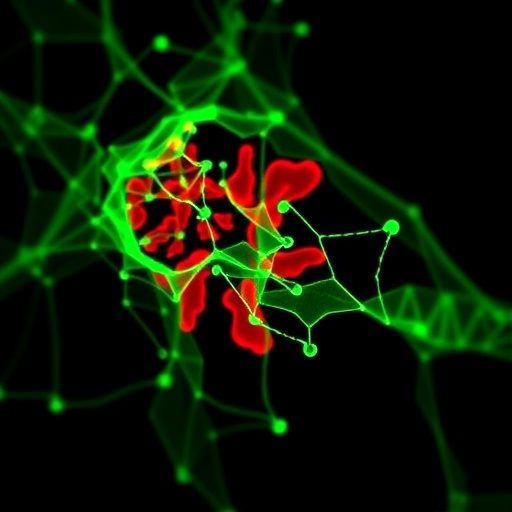The addition of lateral extra-articular tenodesis to a hamstring autograft in knee surgery in young active patients significantly reduces graft failure and persistent anterolateral rotatory laxity at two years post operatively. The research, presented at the Annual Meeting of the American Orthopedic Sports Medicine Society, received the O’Donoghue Sports Injury Award.
Orthopedic surgeons use an extra-articular lateral tenodesis, which is an extra tendon repair on the outside of the knee, for an anterior cruciate ligament surgery to restore pivot control, which is essential in most sports activity.
Alan M. Getgood, MD, from the Fowler Kennedy Sports Medicine Clinic in London, Ontario presented data from a multicenter randomized clinical trial that sought to determine if adding a lateral extra-articular tenodesis with a single bundle anterior cruciate ligament repair would reduce the risk of persistent rotary laxity in young patients.
Getgood and the other researchers enrolled 624 patients, average age 18.9 years, who had presented pre-operatively with high-grade rotatory laxity, which is the passive response of a joint to an externally applied force or torque. Patients received either standard hamstring graft procedure or standard hamstring graft procedure with lateral extra-articular tenodesis.
The primary outcome was graft failure defined as either the need for revision surgery or symptomatic instability associated with a positive asymmetric pivot shift, indicating persistent rotational laxity.
The group that received standard ligament surgery experienced a 41 percent graft failure rate while only 25 percent of the group that received standard surgery plus lateral extra-articular tenodesis experienced graft failure.
“The addition of LET to a hamstring autograft ACLR in young active patients significantly reduces graft failure and persistent anterolateral rotatory laxity at 2 years post operatively,” said Getgood.
###
The American Orthopaedic Society for Sports Medicine (AOSSM) is the premier global, sports medicine organization representing the interests of orthopaedic surgeons and other professionals who provide comprehensive health services for the care of athletes and active people of all ages and levels. We cultivate evidence-based knowledge, provide extensive educational programming, and promote emerging research that advances the science and practice of sports medicine. AOSSM is also a founding partner of the STOP Sports Injuries campaign to prevent overuse and traumatic injuries in kids.
Contact: Christina Tomaso, AOSSM Director of Marketing Communications at 773.386.9661 or e-mail [email protected]
Media Contact
Christina Tomaso
[email protected]
https:/




